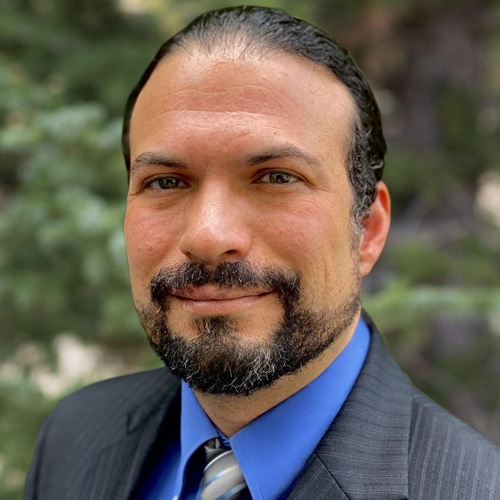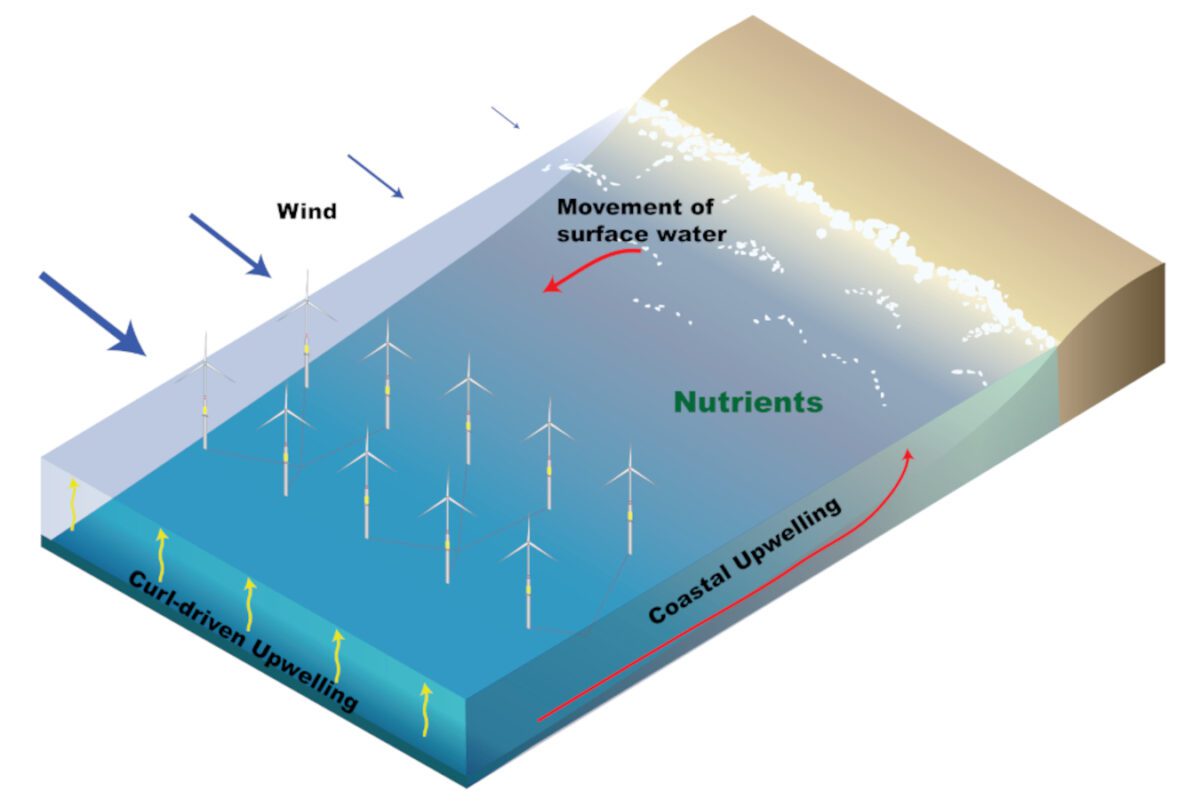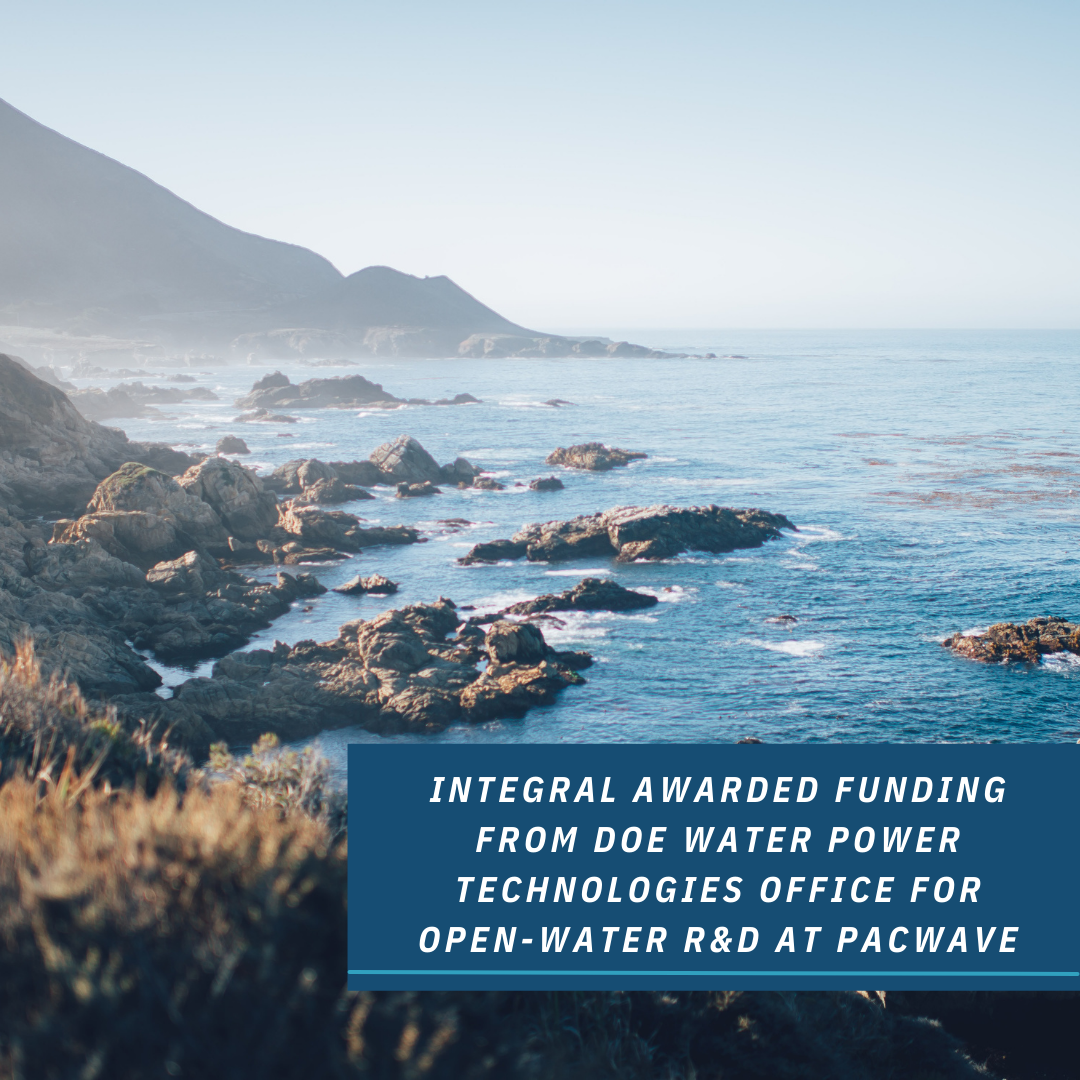
Dr. Timothy Nelson is an oceanographer with 10 years of experience researching hydrodynamics, sediment dynamics, and coastal geomorphology. His efforts have focused on quantifying the temporal and spatial evolution of benthic habitat, sediment resuspension, nearbed turbulence, and flooding. Dr. Nelson’s expertise includes geospatial and temporal data processing and analysis tasks related to hydrodynamics, sediment fate and transport, and acoustic effects on marine species. Dr. Nelson’s research has also focused on coastal response, recovery, and resiliency to abrupt changes in morphology, and the development of automated routines to quantify long-term shoreline change.
Ph.D., Geological Sciences, University of South Carolina, Columbia, South Carolina, 2013
M.S., Geological Sciences, University of South Carolina, Columbia, South Carolina, 2011
B.S., Geology, University of Kentucky, Lexington, Kentucky, 2004
Mendenhall Postdoctoral Fellowship, U.S. Geological Survey, St. Petersburg, Florida, 2016–2020.
Timothy R. Nelson, Ph.D. Senior Scientist
Dr. Timothy Nelson is an oceanographer with 10 years of experience researching hydrodynamics, sediment dynamics, and coastal geomorphology. His efforts have focused on quantifying the temporal and spatial evolution of benthic habitat, sediment resuspension, nearbed turbulence, and flooding. Dr. Nelson’s expertise includes geospatial and temporal data processing and analysis tasks related to hydrodynamics, sediment fate and transport, and acoustic effects on marine species. Dr. Nelson’s research has also focused on coastal response, recovery, and resiliency to abrupt changes in morphology, and the development of automated routines to quantify long-term shoreline change.
Site Investigation and Risk Evaluation Using the Spatial Environmental Assessment Toolkit
Publication
July 01 2024
Effect of Floating Offshore Wind Turbines on Atmospheric Circulation in California
Publication
June 01 2022

